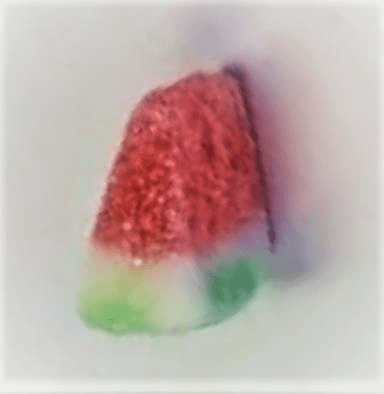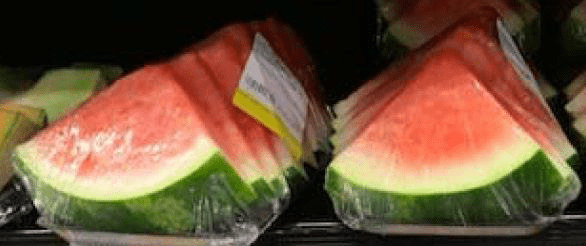McDonald’s golden arches, red and blue Chevron gas stations, and Dunkin’ Donuts pink and orange signs are familiar to most consumers. In legal parlance, these distinctive concepts are referred to as “trade dress.” Like trademarks, trade dress can be registered on the principal registry of the United States Patent and Trademark Office (“USPTO”). As we have written previously, to obtain trade dress protection for product configurations and color schemes, the applicant must demonstrate that the design of the product at issue is inherently distinctive, or has acquired secondary meaning.
An applicant must also demonstrate that the trade dress is non-functional, that is, it cannot be essential to the product or service’s ability to perform its intended function. For example, the shape of a bottle, if it permits the bottle to be held or poured easily, would be considered functional and would not qualify for trade dress protection. The concept of functionality can be difficult to identify and can lead to legal disputes between parties who claim that one side has infringed the trademark of the other. Take, for example, the recent case of PIM Brands v. Haribo of America, Inc., which involved the alleged infringement of PIM’s registered trademark, Sour Jacks Wedges candy, a wedge-shaped, red, white, and green confection that mimics the color and shape of a watermelon wedge. PIM was able to register the shape and color of the candy with the USPTO (Reg. No. 5,029,701). Apparently, the trademark examiner did not consider the color, design, and shape to be functional. Haribo, another candy maker, later released its own version of a red, white, and green watermelon-shaped candy.

PIM claimed that Haribo was copying its registered trademark and trade dress and promptly sued Haribo for trademark infringement. PIM argued that the wedge shape is distinctive and identifies its brand. The District Court disagreed, opining that PIM’s trade dress was functional and, therefore, not protectable. PIM appealed to the United States Court of Appeals for the Third Circuit.
The Circuit Court agreed with the lower court, holding that trademark law does not protect useful designs. A “useful” design is one that is useful for purposes other than simply branding. Moreover, if the design choice “would put competitors at a significant non-reputation-related disadvantage” then the design is functional. In the words of the court, “because the functionality bar is low, all the design needs to do is give the product a significant competitive edge beyond identifying its source” to make it functional. Because both parties in the litigation agreed that the colors serve a functional purpose, that is, identifying the watermelon flavor, the question before the court was whether the colors combined with the shape further that function. The court believed that the two work together to resemble a watermelon. The court wrote:
The colors alone could leave some ambiguity: is it watermelon or strawberry? With the wedge shape, all ambiguity is gone – this candy is a wedge of watermelon.… That resemblance makes the whole trade dress of the red-white-and-green wedge functional when applied to a watermelon candy. So PIM cannot use its trademark to shut down Haribo’s competing candy.
To put it another way, the shape and color of the candy informs consumers that it is watermelon flavored, not that the candy originates from a particular candy company. So, the shape and color cannot be deemed a trademark, which, by definition, is a source identifier.
PIM candy and Real watermelon
The PIM Brands case is a reminder that functionality may be an elusive concept that may not even be clear to trademark examiners. Companies that desire to protect trade dress are well advised to seek counsel for an analysis of whether their branding concept may be construed as functional.
Adam G. Garson, Esq.




